Many people wonder whether the Catholic Old Testament is the same as the Torah. The simple answer is no; while they share some books, there are key differences in content and structure.
Understanding these differences can deepen our appreciation for both religious traditions and their sacred texts.

The Torah, central to Judaism, includes the first five books of the Bible. In contrast, the Catholic Old Testament contains additional texts and varies in arrangement.
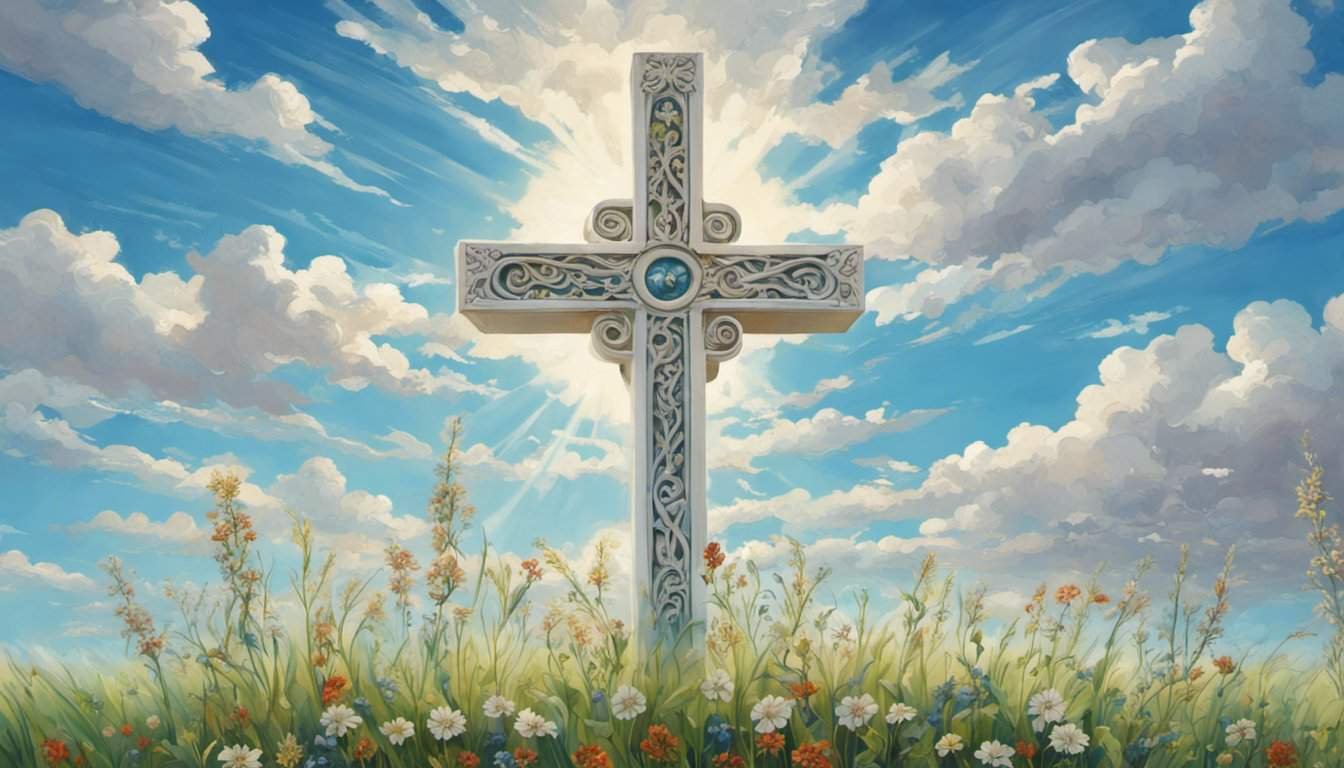
This post will explore these distinctions and their importance for both Catholics and Jews, highlighting how each tradition values its scriptures.
As we dive into the topic, we’ll shed light on how these texts have evolved over time and what they mean for us today in both faiths.
Join us as we uncover the fascinating relationship between the Catholic Old Testament and the Torah.
Key Takeaways
- The Catholic Old Testament includes more books than the Torah.
- The structure and order of texts differ between the two.
- Understanding these differences enhances our appreciation of both traditions.
Understanding the Terms: Torah, Old Testament, and Bible
When we talk about the Torah, the Old Testament, and the Bible, it’s important to recognize how these terms relate to each other. Each of these refers to significant religious texts that hold deep meaning in both Judaism and Christianity.
Let’s break down the definitions and structures of these texts.
The Torah Defined
The Torah is a central part of Jewish scripture, often called the Pentateuch. It includes the first five books of the Hebrew Bible: Genesis, Exodus, Leviticus, Numbers, and Deuteronomy.
Written in Hebrew, the Torah is traditionally viewed as the direct word of God given to Moses.
The Torah is often recorded in the form of a handwritten scroll. This scroll is copied by trained scribes, ensuring that each detail is preserved accurately. In Judaism, the Torah is read and revered in synagogues, especially during religious services.
Overview of the Old Testament
The Old Testament is a Christian term for a collection of scriptures that includes the Hebrew Bible, also known as the Tanakh. While both the Old Testament and the Tanakh contain many similar texts, they are arranged differently and have some variations in wording and interpretation.
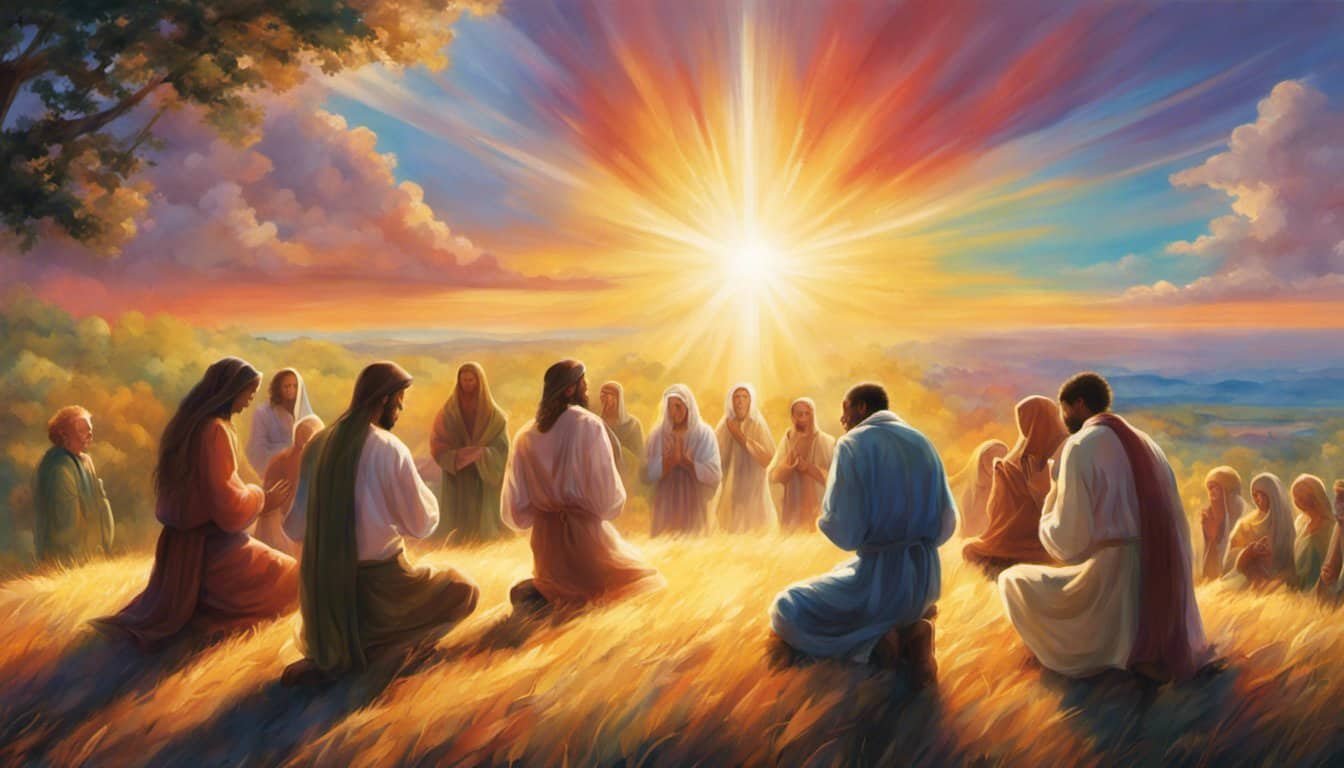
The Old Testament has several books divided into categories, including:
- History
- Poetry
- Prophecy
This structure supports the Christian narrative and beliefs. There are additional books in the Catholic version of the Old Testament not found in the Hebrew Bible, such as Tobit and Judith, which further expand its text.
Bible Composition and Structure
The Bible, as a whole, includes both the Old Testament and the New Testament. The New Testament introduces the teachings of Jesus and the early Christian Church. Together, these texts create a comprehensive view of religious beliefs in Christianity.
The structure of the Bible is unique, appealing to different audiences. It combines poetry, letters, and historical accounts, making it a diverse collection.
In our spiritual exploration, understanding these differences helps us appreciate the significance of each text in both faiths.
Historical Developments in Scriptural Canons
The formation of scriptural canons has a rich history that reflects our evolving understanding of sacred texts. Both Jewish and Christian traditions have shaped these canons through various councils and cultural contexts. Let’s explore how these developments took place.
Jewish Canon Formation
The Jewish canon primarily took shape around 90 CE during the Council of Jamnia. Here, Jewish leaders reviewed texts to confirm which books belonged in the Hebrew Scriptures. The Torah, made up of the first five books, was considered central.
Some texts, known as the Apocrypha, were excluded as they were not widely accepted within Jewish tradition. The discovery of the Dead Sea Scrolls in the mid-20th century provided insight into the texts and beliefs of early Jewish groups, showing diversity in scriptural understanding.
The canon reflects the beliefs and practices that guided centuries of Jewish tradition.
Christian Canons and Variations

As Christianity emerged, our understanding of scripture expanded. Early Christians, including the Church Fathers, used the Greek translation of the Hebrew Scriptures called the Septuagint. This version included books later called Deuterocanonical by Catholics and Apocryphal by Protestants.
During the Reformation, figures like Martin Luther questioned which texts should be canonical. Luther’s views influenced the Protestant canon, leading to a reduced Old Testament compared to the Catholic canon. The Council of Trent confirmed the inclusion of the Deuterocanonical texts for Catholics in 1546, highlighting these variations among Christian groups.
Key Historical Councils
Several key councils played pivotal roles in shaping our understanding of scripture. The Council of Trent is notable for reaffirming the Catholic canon, particularly those Deuterocanonical books.
Prior councils, such as the Council of Florence, aimed to address theological disputes and unify Christian beliefs, reinforcing the importance of canonical texts.
With each council, discussions on what constituted sacred text evolved, underscoring how history and tradition shape our spiritual paths. This rich tapestry of councils and choices continues to influence our understanding of sacred writings today.
The Catholic Old Testament vs. the Torah
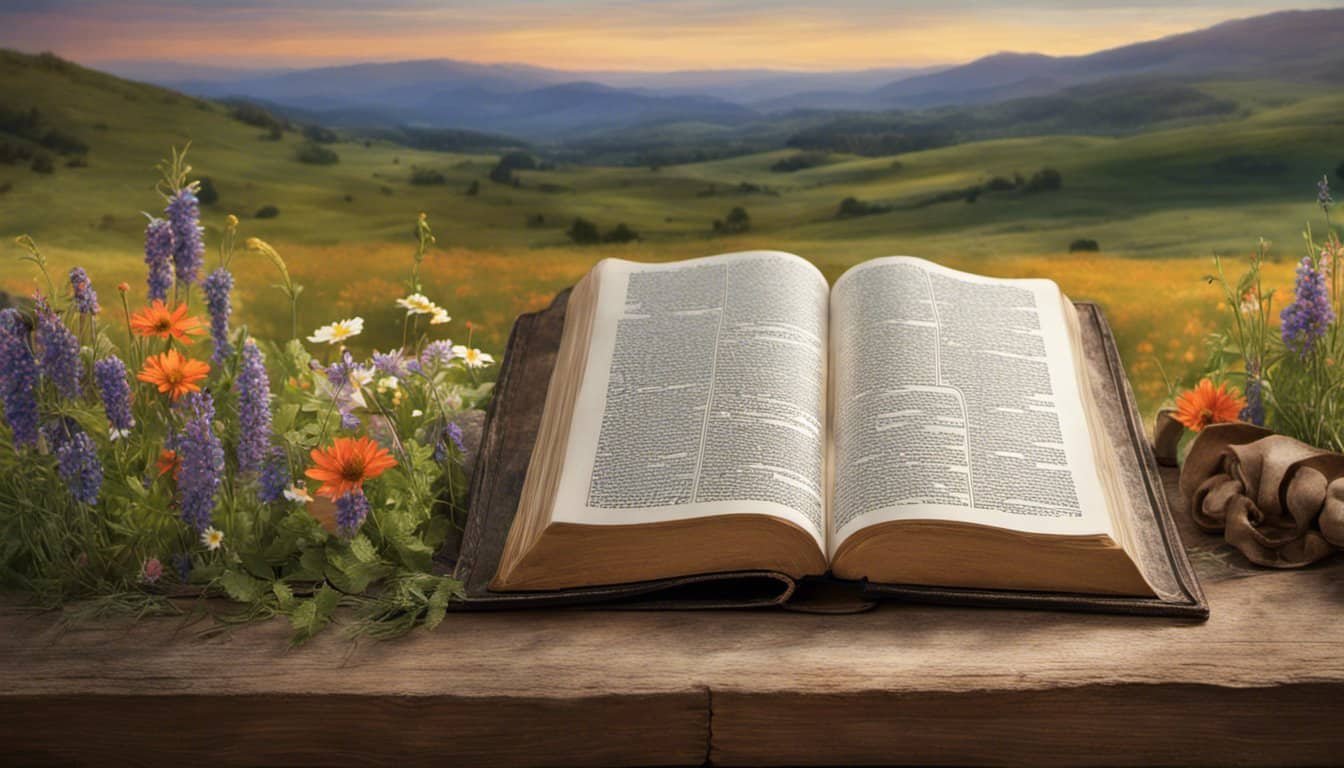
When we look at the Catholic Old Testament and the Torah, we see both similarities and distinct differences. Understanding these can shed light on how each is viewed within their respective faiths.
Textual Similarities and Differences
The Torah, also known as the Pentateuch, contains the first five books of the Hebrew Bible. It includes Genesis, Exodus, Leviticus, Numbers, and Deuteronomy. These same books are present in the Catholic Old Testament.
However, the Catholic Old Testament extends beyond the Torah. It includes several additional books that are not in the Torah. The Catholic Bible has 46 books in total, while the Hebrew Bible comprises 24 books.
In addition to the Torah, the Catholic Old Testament includes historical books, wisdom literature, and prophetic writings. This broader text reflects the Church’s teachings and traditions.
The Deuterocanonical Books
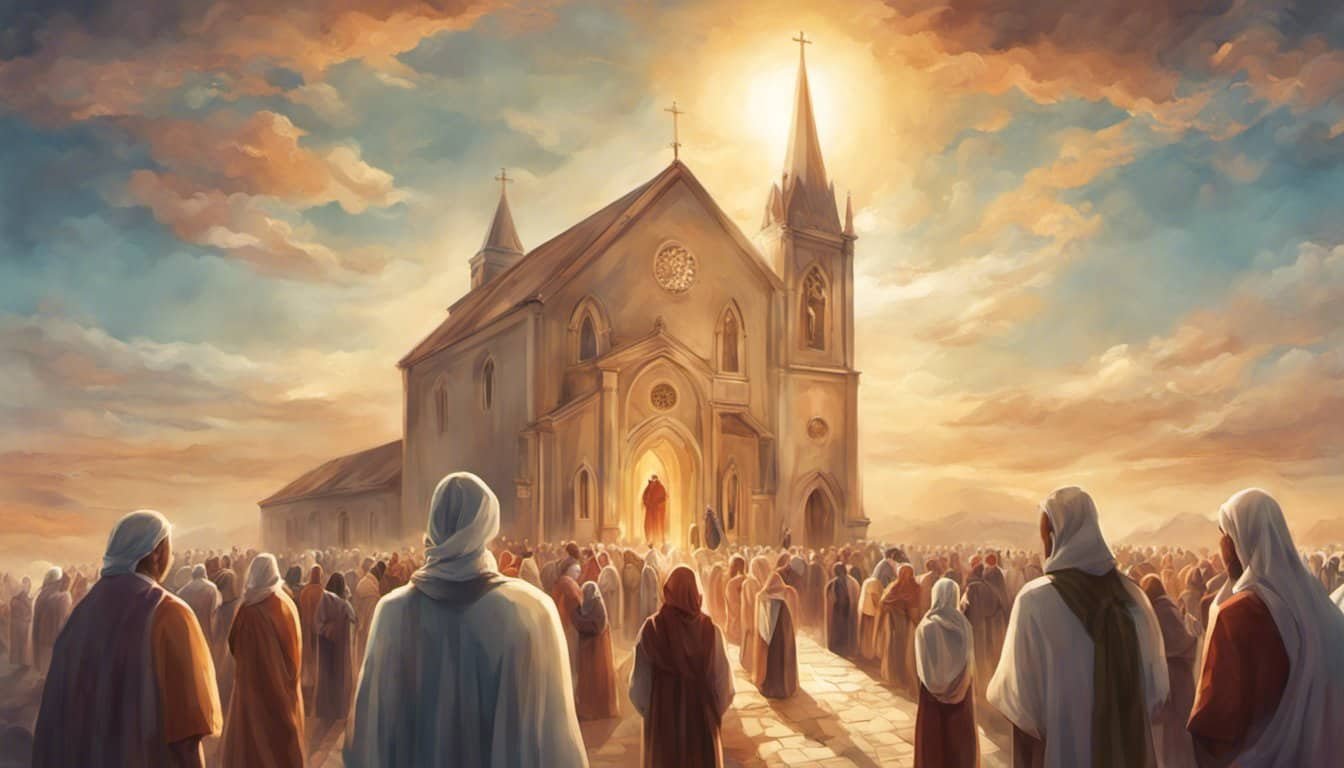
One key difference between the Catholic Old Testament and the Torah is the inclusion of the Deuterocanonical books. These books, sometimes called the Apocrypha by other denominations, are not found in the Hebrew Bible.
The Deuterocanonical books include writings such as 2 Maccabees, Wisdom of Solomon, and Sirach. These texts provide valuable insights and teachings that are important to Catholic faith and practice.
Their presence in the Catholic Old Testament is significant. It shows how the Church views these writings as inspired scripture, offering guidance and moral lessons.
Influence of Greek and Aramaic Translations
Another difference stems from the translations of these texts. The Catholic Old Testament was influenced by the Septuagint, a Greek translation of Hebrew scriptures, which included the Deuterocanonical books.
Many early Christians used the Septuagint, which shaped their understanding of scripture. In contrast, the Torah remains primarily in Hebrew, with an emphasis on Hebrew texts in Jewish practice.
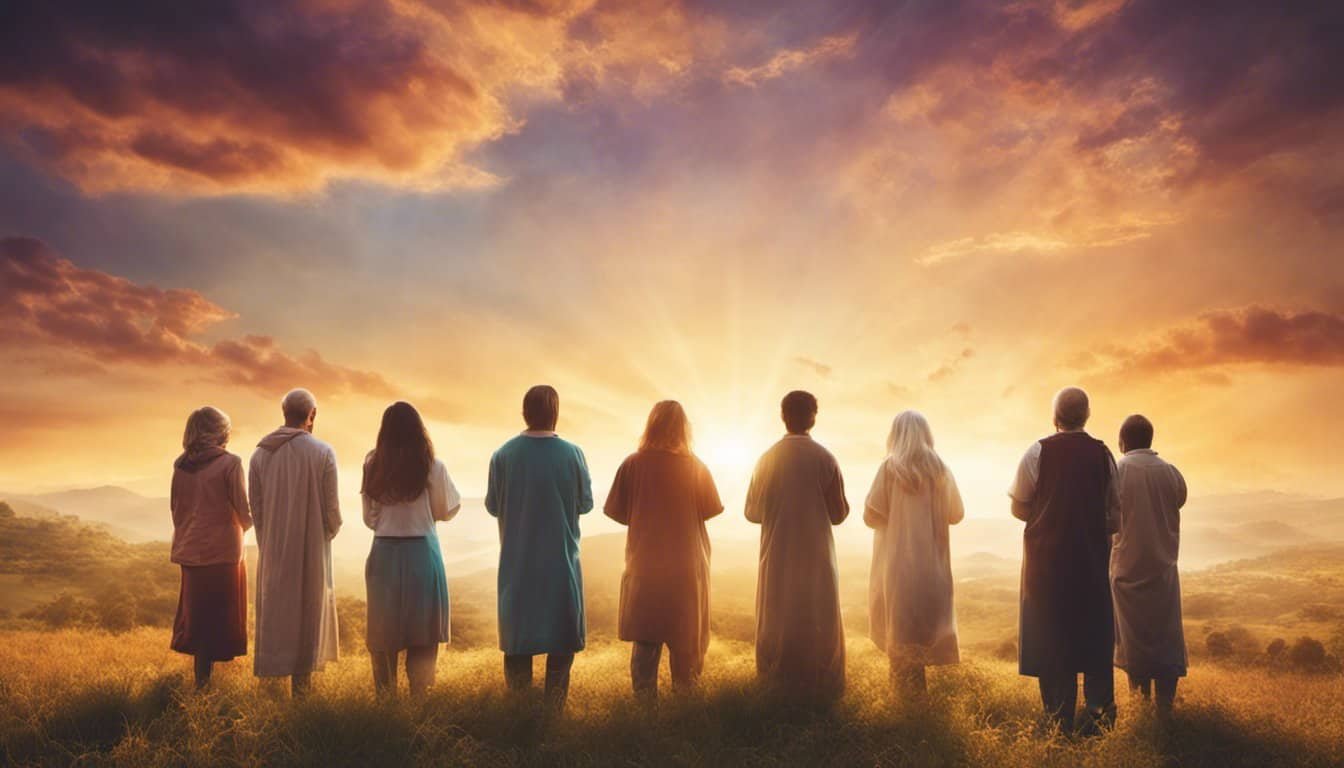
Additionally, some texts in the Old Testament show influences from Aramaic. This reflects the historical contexts in which these writings were produced and how they were shared among different communities.
Theological Implications and Traditions
When we explore the differences between the Catholic Old Testament and the Torah, we uncover various theological implications. These involve how scripture is used in worship, its role in doctrine, and its influence on moral teachings in society.
Role in Liturgy and Prayer
The Catholic Church incorporates the Old Testament into its liturgy and prayers. Readings from this scripture are included during Mass and other ceremonies. This practice helps us connect our faith with our heritage.
Many psalms and prophetic texts draw from the Old Testament, enhancing our worship experience. These readings remind us of the covenant between God and His people. When we pray, reflecting on these texts can deepen our spiritual connection and understanding.
Scriptures and Doctrine
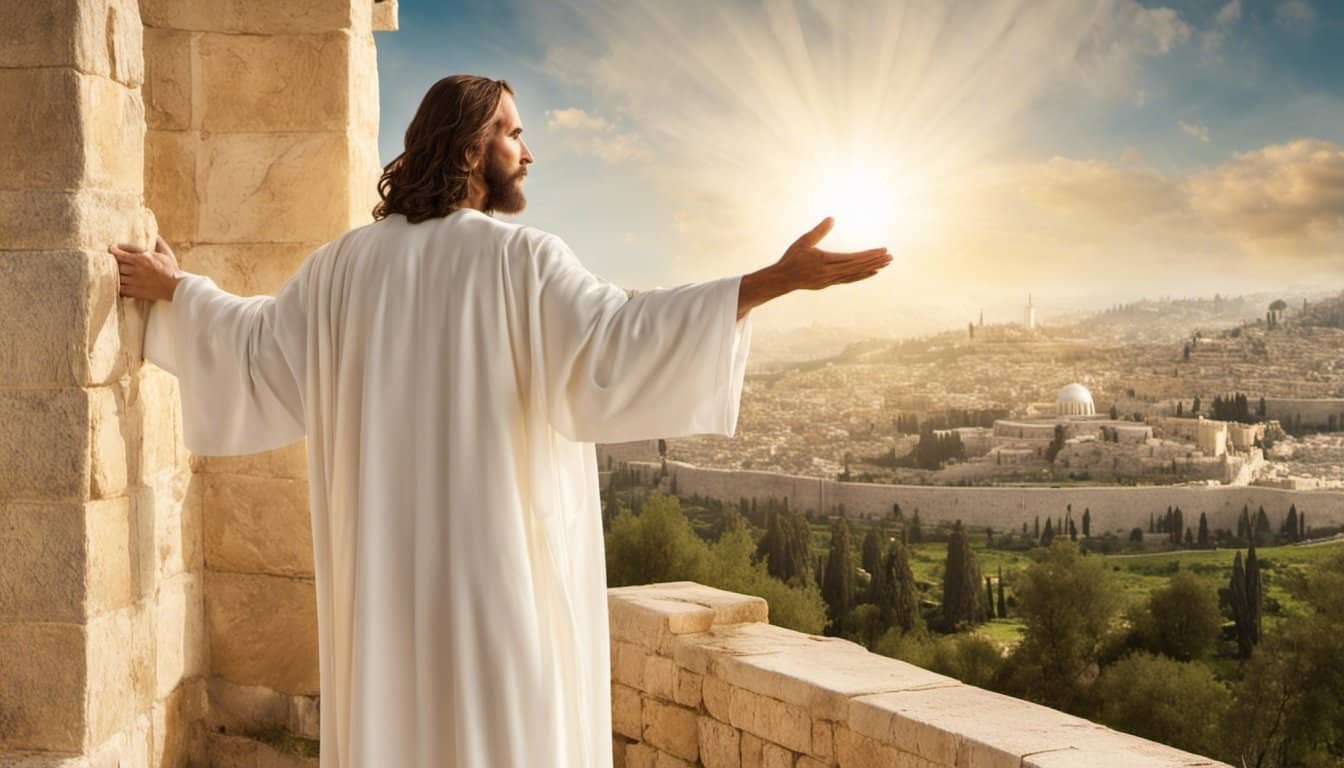
The Old Testament, part of our sacred scripture, is vital for understanding Christian doctrine. We interpret it alongside the New Testament to define beliefs and teachings.
Different traditions, like Catholic, Orthodox, and Protestant, may emphasize various books. For example, the Catholic Old Testament includes the deuterocanonical books not found in the Protestant version. Each tradition informs our understanding of scripture and helps shape our faith.
Societal and Moral Teachings
The teachings in the Old Testament influence our moral view. They provide guidelines on living our lives and making decisions. The commandments and laws found in the Torah remain foundational for both Jews and Christians.
As we navigate our modern world, these teachings challenge us to act justly and live with compassion. The Old Testament informs our actions and decisions, guiding us towards a life that reflects the values of our faith. Whether through social justice, community service, or personal integrity, we strive to embody these principles daily.
Comparative Analysis of Textual Content
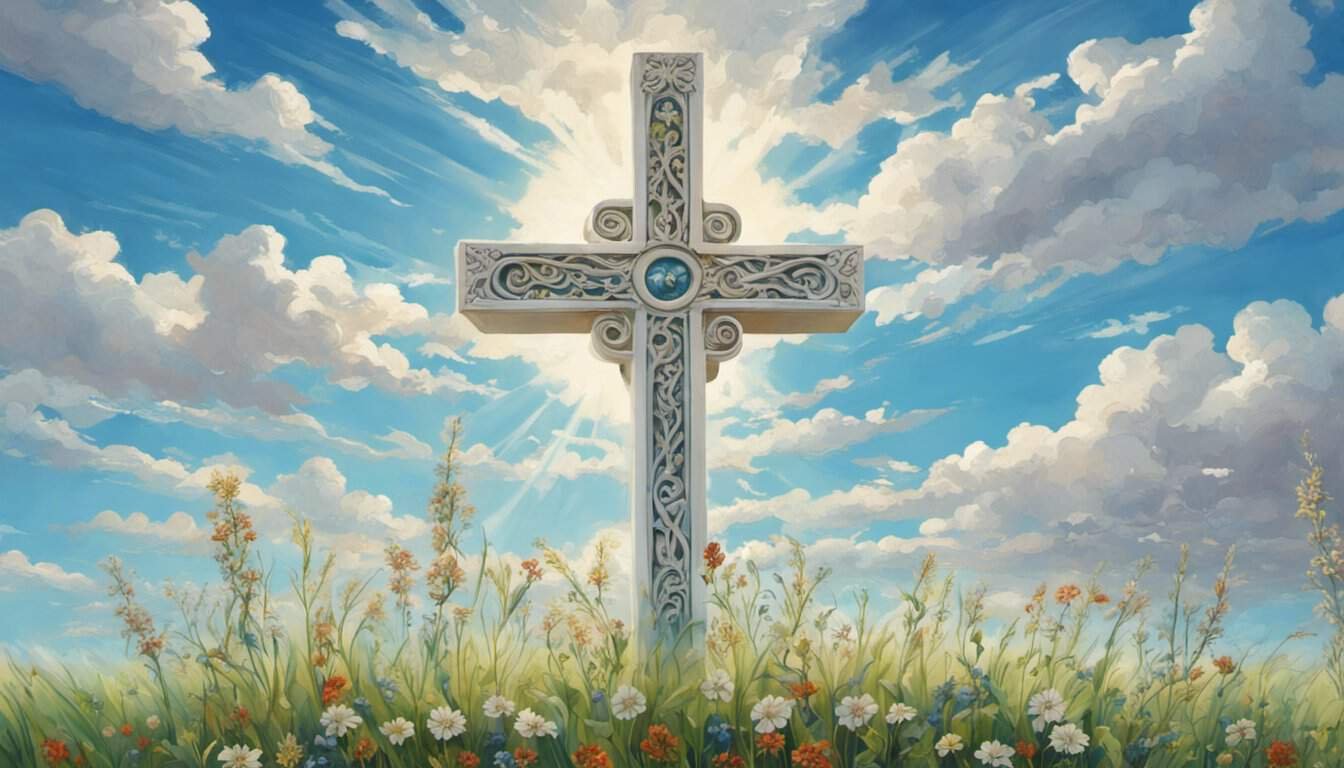
When we explore the Catholic Old Testament and the Torah, we notice both similarities and differences in their content. The main areas to understand include the law books, historical accounts, wisdom literature, and other writings.
Law Books and Historical Accounts
The Torah consists of the first five books: Genesis, Exodus, Leviticus, Numbers, and Deuteronomy. These books lay the foundation of Jewish law and contain essential stories of creation, the Exodus, and Israel’s covenant with God.
In the Catholic Old Testament, these same five books are included, but we also find additional historical books. These include Joshua, Judges, Samuel, and Kings. These books expand on the narrative, detailing Israel’s history and God’s guidance over time.
Wisdom Literature and Prophets
Wisdom literature includes books like Psalms and Proverbs. While both the Torah and the Catholic Old Testament feature these texts, the Catholic version also includes the Wisdom of Solomon.
Moreover, the prophetic books, known as Nevi’im in Hebrew, appear in both traditions. In the Catholic Old Testament, we find additional writings from the prophets, which provide deeper insights into the relationship between God and His people.
Apocryphal and Deuterocanonical Writings

A significant difference lies in the additional texts found in the Catholic Old Testament that are not part of the Torah. These writings, referred to as Deuterocanonical, include 2 Maccabees and the Prayer of Manasseh, among others.
The Protestant Old Testament does not include these texts. This highlights a key distinction in how different faith traditions treat these important writings, contributing to various theological understandings and practices within Christianity and Judaism.
Translations and Versions of the Texts
When exploring the differences between the Catholic Old Testament and the Torah, we find that translations and versions play a key role. Various translations have influenced how these sacred texts are understood, especially among different faiths and traditions.
The Septuagint and its Influence
The Septuagint is a Greek translation of the Hebrew Bible, created in the 3rd century BCE. It was widely used in the early Christian Church and by many Jews in the Hellenistic world.

The Septuagint includes books that are not found in the Hebrew Bible. These additional texts are called deuterocanonical books. This version remains significant for Orthodox Christians and is sometimes referred to when discussing the Old Testament in Catholic tradition.
The influence of the Septuagint also extends to language. Many early Christian writings, including parts of the New Testament, quote from it.
The Latin Vulgate
St. Jerome translated the Scriptures into Latin in the late 4th century. This translation is known as the Latin Vulgate. It was significant for the Catholic Church as it became the standard Bible used throughout the Middle Ages.
The Vulgate included the deuterocanonical books, shaping Catholic teaching and liturgy. This translation often emphasized certain themes, which differed from the Hebrew texts.
The Vulgate remained influential for many centuries. It wasn’t until the Protestant Reformation that alternative translations began to gain prominence.
Protestant Translations
Protestant translations of the Bible have varied widely. One of the first was the King James Version (KJV), completed in 1611. This version aimed for accuracy to the original languages, including Hebrew and Greek.
Protestant Bibles typically do not include the deuterocanonical books, which further distinguishes them from the Catholic Old Testament.
Other translations, like the New International Version (NIV) and English Standard Version (ESV), have also been popular, each offering unique approaches to language and interpretation. These translations can lead to different understandings, which is important for us to consider as we study these texts.
Contemporary Relevance and Practice
The Catholic Old Testament and the Torah play significant roles in modern worship, education, and cultural expressions. Their influence extends beyond religious settings, touching on interfaith dialogues and literary works. Let’s explore these aspects in more detail.
Role in Modern Worship and Education
In our worship services, the Catholic Old Testament is central. It provides a foundation for readings and teachings during Mass. We often reflect on its stories and laws, drawing connections to the teachings of Jesus.
In education, both the Catholic Old Testament and the Torah are studied in religious classes. Many schools teach their students about the Canon of Scripture, including the importance of non-canonical books and how traditions shape interpretations. This knowledge helps us understand our faith more deeply and appreciate our roots.
Interfaith Dialogues and Comparative Studies
Interfaith dialogues often focus on the shared texts between Judaism and Christianity. We gather to discuss the differences and similarities in how the Catholic Old Testament and the Torah are viewed. For instance, while some Protestant groups follow Sola Scriptura and emphasize the Old Testament differently, we respect the Jewish perspective on the Torah.
These conversations help us build understanding. They allow us to explore concepts like Purgatory in Catholicism alongside Jewish beliefs about the afterlife. Engaging in these discussions enhances our appreciation for various traditions and interpretations.
Cultural and Literary Impact
The impact of the Catholic Old Testament and the Torah is seen beyond religious texts. Their stories and themes have influenced art, literature, and music throughout history. Writers like Philo explored these connections, weaving biblical narratives into their works.
In modern culture, we see references to biblical stories in films and songs, demonstrating their relevance. Celebrations of religious holidays often draw from these ancient texts, showing how they shape our customs and traditions today. Recognizing this impact deepens our connection to our heritage and shared stories.
Conclusion
When we look at the Catholic Old Testament and the Torah, we find both similarities and differences.
The Torah consists of the first five books of the Hebrew Bible, known as the Chumash.
These include Genesis, Exodus, Leviticus, Numbers, and Deuteronomy.
On the other hand, the Catholic Old Testament includes these five books along with many others, totaling 46 books.
This collection contains additional texts that are not part of the Torah.
Both share important stories and teachings, but the Old Testament expands upon the laws, history, and prophecies found in the Torah.
Here are some key points:
- Content: Torah = first five books; Old Testament = 46 books
- Purpose: The Torah focuses on laws and teachings; the Old Testament includes history and prophecy.
- Versions: Variations exist between the Hebrew Bible and the Catholic Old Testament.
In our exploration of these texts, we recognize their significance to both Judaism and Christianity. Each tradition values these scriptures deeply, reflecting their unique beliefs and practices.
















